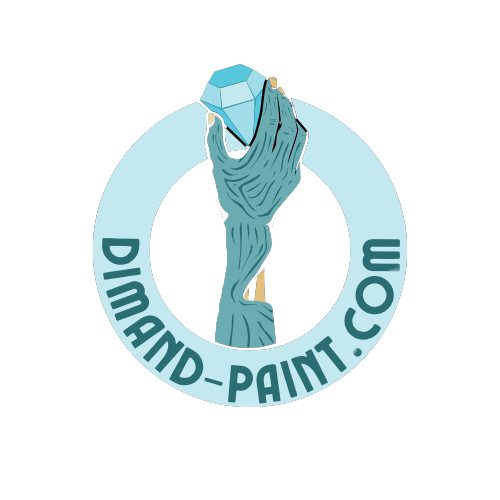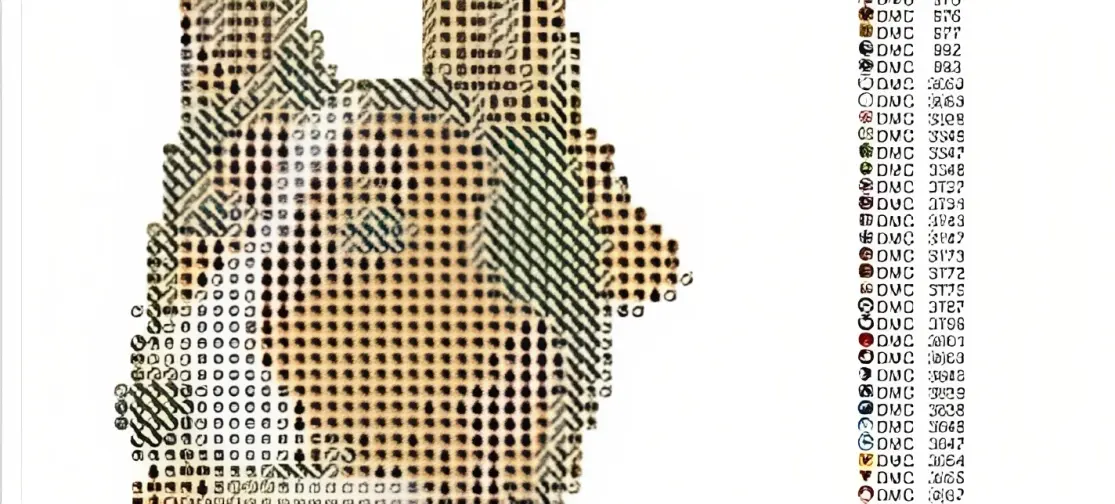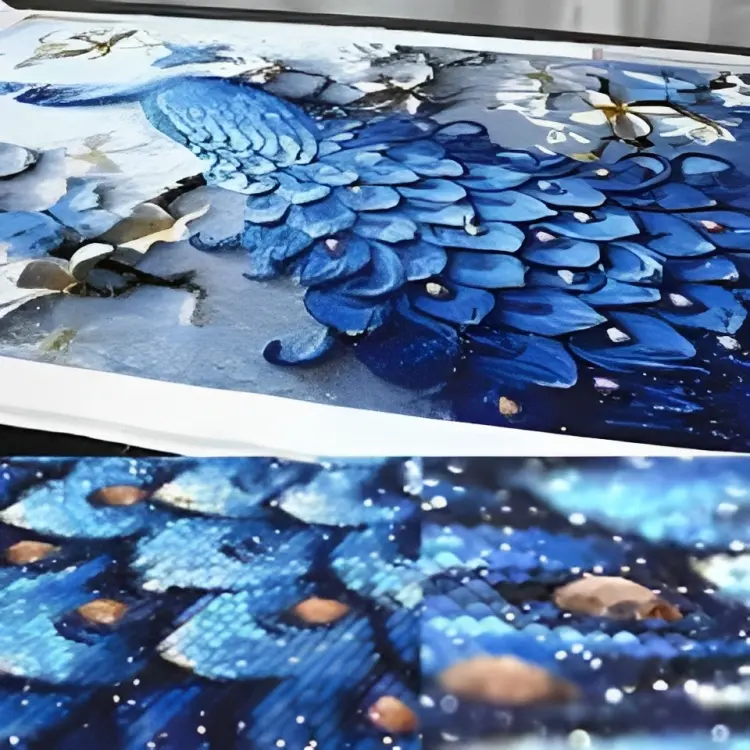How to Design Your Own Diamond Painting Patterns?
Diamond painting is a captivating craft that involves creating intricate artworks using tiny beads or crystals. While working on small or medium-sized canvases is enjoyable, tackling larger canvases can present challenges, especially if you have limited space.
In this guide, we’ll explore tips and techniques for working on large diamond painting canvases in small areas, ensuring your creative process remains smooth and enjoyable.
Prepare Your Workspace
Creating a comfortable workspace is essential when working on large diamond painting canvases. Clear the area and ensure you have adequate lighting to prevent straining your eyes during extended crafting sessions. Arrange your tools, including a diamond painting pen, wax, and sorting trays, within easy reach.
Choose the Right Canvas
Opt for a canvas size that fits your workspace without causing discomfort. While larger canvases offer more intricate details, consider the available space to maneuver around the canvas comfortably. Measure your working area to determine the largest canvas size that’s feasible.
Divide and Conquer
Breaking down the canvas into manageable sections is a practical approach. Start from the center and work your way outward, focusing on one section at a time. This method prevents overwhelming yourself and ensures that you maintain accuracy and attention to detail throughout the project.

Utilize Clips and Rolls
If your workspace is limited, consider rolling up the unworked portion of the canvas and securing it with clips or clamps. This technique prevents the canvas from taking up excessive space on your table. As you progress, unroll the canvas section by section, keeping the completed part safe and accessible.
Protecting Finished Sections
When rolling the canvas, make sure the finished sections are protected from dust, debris, or accidental damage. Lay a clean cloth or parchment paper over the finished part before rolling to safeguard your hard work.
Optimize Your Technique
Adopt an ergonomic approach to diamond painting to ensure your comfort and efficiency. Use a comfortable chair and maintain good posture to prevent strain. Hold the diamond painting pen with a relaxed grip to avoid discomfort during long crafting sessions.
Preventing Bead Loss
To prevent beads from popping off, consider working with smaller sections at a time. By minimizing the exposed adhesive area, you reduce the risk of beads accidentally dislodging. Be attentive to securing the beads firmly onto the canvas.
Consider a Vertical Setup
If your workspace allows, consider setting up your canvas vertically on an easel or mounting it on the wall. This setup frees up table space and allows you to work more comfortably, especially when dealing with larger canvases.
Stay Organized
Organize your beads and crystals meticulously to prevent confusion and frustration. Use sorting trays or containers to keep different colors separated and easily accessible. This organizational method streamlines your crafting process, saving time and ensuring accuracy.
Maintain Focus and Patience
Working on a large diamond painting canvas requires patience and dedication. Break your crafting sessions into manageable time blocks to avoid burnout. Celebrate each completed section, and let your progress motivate you to continue.
Conclusion
Designing your own diamond painting patterns is a rewarding endeavor that lets you unleash your creativity. While working on large canvases in small spaces may seem daunting, implementing these strategies can make the process enjoyable and stress-free. With proper organization, ergonomic practices, and divided sections, you’ll bring your masterpiece to life, one sparkling bead at a time.







